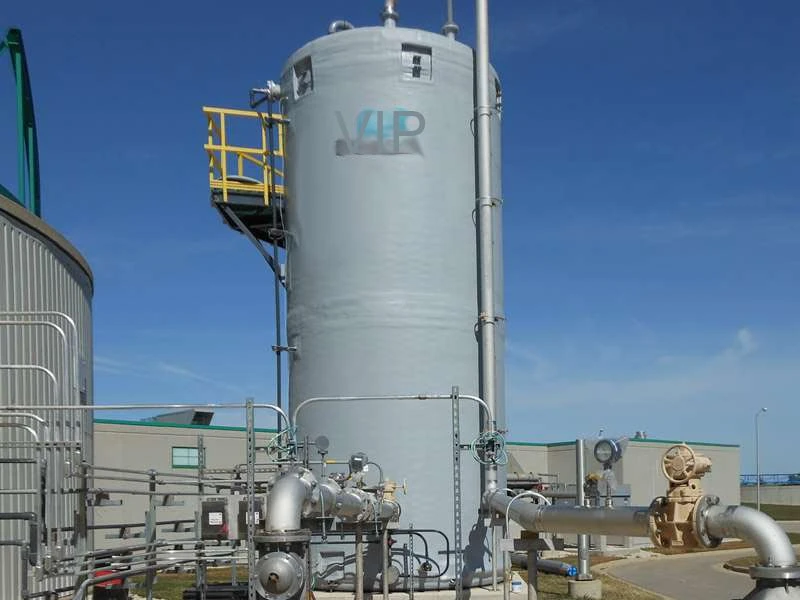
-
 Afrikaans
Afrikaans -
 Albanian
Albanian -
 Amharic
Amharic -
 Arabic
Arabic -
 Armenian
Armenian -
 Azerbaijani
Azerbaijani -
 Basque
Basque -
 Belarusian
Belarusian -
 Bengali
Bengali -
 Bosnian
Bosnian -
 Bulgarian
Bulgarian -
 Catalan
Catalan -
 Cebuano
Cebuano -
 China
China -
 China (Taiwan)
China (Taiwan) -
 Corsican
Corsican -
 Croatian
Croatian -
 Czech
Czech -
 Danish
Danish -
 Dutch
Dutch -
 English
English -
 Esperanto
Esperanto -
 Estonian
Estonian -
 Finnish
Finnish -
 French
French -
 Frisian
Frisian -
 Galician
Galician -
 Georgian
Georgian -
 German
German -
 Greek
Greek -
 Gujarati
Gujarati -
 Haitian Creole
Haitian Creole -
 hausa
hausa -
 hawaiian
hawaiian -
 Hebrew
Hebrew -
 Hindi
Hindi -
 Miao
Miao -
 Hungarian
Hungarian -
 Icelandic
Icelandic -
 igbo
igbo -
 Indonesian
Indonesian -
 irish
irish -
 Italian
Italian -
 Japanese
Japanese -
 Javanese
Javanese -
 Kannada
Kannada -
 kazakh
kazakh -
 Khmer
Khmer -
 Rwandese
Rwandese -
 Korean
Korean -
 Kurdish
Kurdish -
 Kyrgyz
Kyrgyz -
 Lao
Lao -
 Latin
Latin -
 Latvian
Latvian -
 Lithuanian
Lithuanian -
 Luxembourgish
Luxembourgish -
 Macedonian
Macedonian -
 Malgashi
Malgashi -
 Malay
Malay -
 Malayalam
Malayalam -
 Maltese
Maltese -
 Maori
Maori -
 Marathi
Marathi -
 Mongolian
Mongolian -
 Myanmar
Myanmar -
 Nepali
Nepali -
 Norwegian
Norwegian -
 Norwegian
Norwegian -
 Occitan
Occitan -
 Pashto
Pashto -
 Persian
Persian -
 Polish
Polish -
 Portuguese
Portuguese -
 Punjabi
Punjabi -
 Romanian
Romanian -
 Russian
Russian -
 Samoan
Samoan -
 Scottish Gaelic
Scottish Gaelic -
 Serbian
Serbian -
 Sesotho
Sesotho -
 Shona
Shona -
 Sindhi
Sindhi -
 Sinhala
Sinhala -
 Slovak
Slovak -
 Slovenian
Slovenian -
 Somali
Somali -
 Spanish
Spanish -
 Sundanese
Sundanese -
 Swahili
Swahili -
 Swedish
Swedish -
 Tagalog
Tagalog -
 Tajik
Tajik -
 Tamil
Tamil -
 Tatar
Tatar -
 Telugu
Telugu -
 Thai
Thai -
 Turkish
Turkish -
 Turkmen
Turkmen -
 Ukrainian
Ukrainian -
 Urdu
Urdu -
 Uighur
Uighur -
 Uzbek
Uzbek -
 Vietnamese
Vietnamese -
 Welsh
Welsh -
 Bantu
Bantu -
 Yiddish
Yiddish -
 Yoruba
Yoruba -
 Zulu
Zulu
Fiberglass Reinforced Plastic Piping Solutions for Efficient Fluid Transport Systems
Introduction to FRP Piping Systems
Fiber Reinforced Plastic (FRP) piping systems have emerged as a revolutionary alternative to traditional piping materials like metal and concrete. Characterized by their lightweight, corrosion resistance, and high strength-to-weight ratio, FRP pipes are increasingly favored in various industrial applications, from chemical processing to water treatment.
Advantages of FRP Piping Systems
One of the primary benefits of FRP piping is its resistance to corrosion. Unlike metal pipes that can rust and degrade over time, FRP materials maintain their integrity even in harsh chemical environments. This property significantly reduces maintenance costs and extends the lifespan of the piping system, making it a cost-effective solution in the long run.
Additionally, the lightweight nature of FRP pipes allows for easier handling and installation. This can lead to reduced labor costs and shortened project timelines, as fewer resources are needed for transportation and installation. Furthermore, the flexibility of FRP allows for a variety of designs and configurations, accommodating unique project specifications without compromising on strength.
Applications of FRP Piping Systems
FRP piping systems are widely used in various industries. In the petrochemical sector, they transport aggressive fluids that would otherwise damage conventional piping systems. Similarly, in wastewater facilities, FRP pipes resist the corrosive environments associated with sewage and chemical treatment processes.
frp piping system

Moreover, FRP is an excellent choice for water supply systems, particularly in areas with corrosive soil conditions. Its durability and resistance to chemical leaching ensure that the water remains clean and safe for consumption.
Challenges and Considerations
Despite their advantages, there are some challenges associated with FRP piping systems. The initial cost can be higher compared to traditional materials, which might deter some project managers. Additionally, special fabrication techniques and expertise are required for installation and maintenance, which necessitates training for personnel.
Moreover, though FRP is resilient, extreme temperature fluctuations may affect its performance. Thus, careful consideration of environmental conditions is critical during the design and selection phases.
Conclusion
In conclusion, FRP piping systems offer numerous advantages, including corrosion resistance, lightweight properties, and design flexibility, making them a viable option in various industrial applications. As industries continue to prioritize efficiency and environmental safety, the adoption of FRP materials is likely to grow, paving the way for innovative solutions that meet the demands of modern infrastructure.









